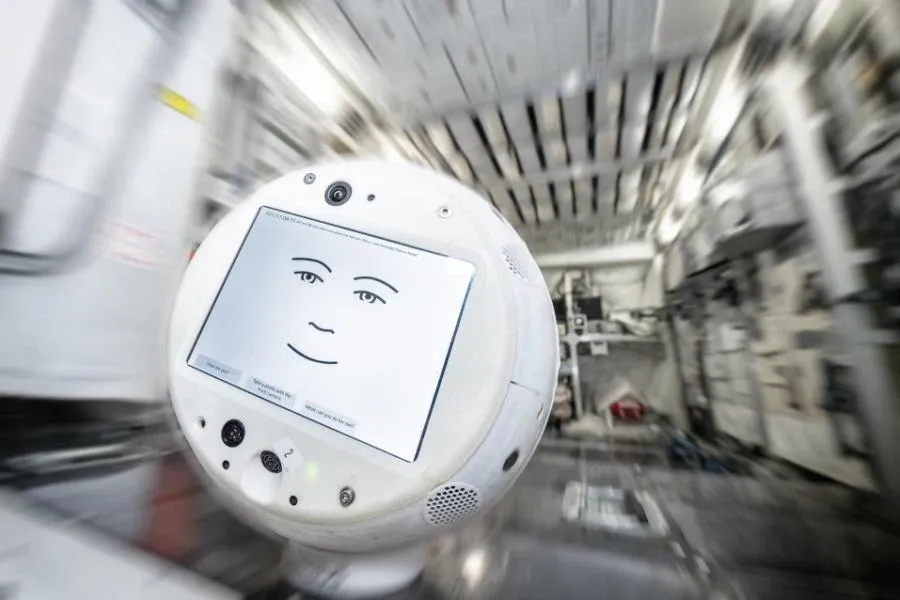Qualcomm Announces Snapdragon 8 Gen 5 Platform
Qualcomm added its latest smartphone platform to its premium-tier Snapdragon range.

CIMON-2, the latest version of the AI-powered astronaut assistant developed, has demonstrated its capabilities on board the International Space Station (ISS) in initial tests. The ball-shaped, free-flying voice-controlled assistant demonstrated its functionalities while interacting with European Space Agency (ESA) astronaut Luca Parmitano.
CIMON-2 was launched to the ISS on December 5, 2019, from the Kennedy Space Center in Cape Canaveral, Florida, on board the supply flight CRS-19. It is scheduled to remain there for up to three years. Two months after the successful deployment of CIMON-2 in February, the project team has now completed its initial analysis.
The assistant was tested on its autonomous flight capabilities, voice control of navigation and other tasks. For the first time, CIMON-2 was able to navigate by verbal commands to a specific point within the Columbus module, regardless of where it is located. This was demonstrated when, during the commissioning of the new hardware and software, Parmitano asked it to fly to the Biolab within the Columbus module. Another task for CIMON-2 was to take photos and videos inside the European module of the ISS on command and then show them to the astronaut. With these skills, CIMON-2 will be able to support scientific experiments on the ISS in the future.
The current version of the astronaut assistant includes more sensitive microphones and a more developed sense of orientation than its predecessor (CIMON-1). The AI capabilities and stability of its complex software have also been significantly improved in CIMON-2. The autonomy of the battery-powered assistant has been increased by about 30 percent. In addition, CIMON-2 can detect emotions and language tones with Watson Tone Analyzer, enabling the AI assistant to react empathically to its conversational partners.
A further goal of the project is to explore how an intelligent assistant can reduce stress for astronauts. As a partner and companion, CIMON could support them in their extensive work on experiments, maintenance and repairs, reducing their stress exposure. It provides a possible basis for social assistance systems in space, which could reduce stress caused by isolation or group dynamic interactions during long-term missions, a benefit that could possibly be applied on Earth as well.